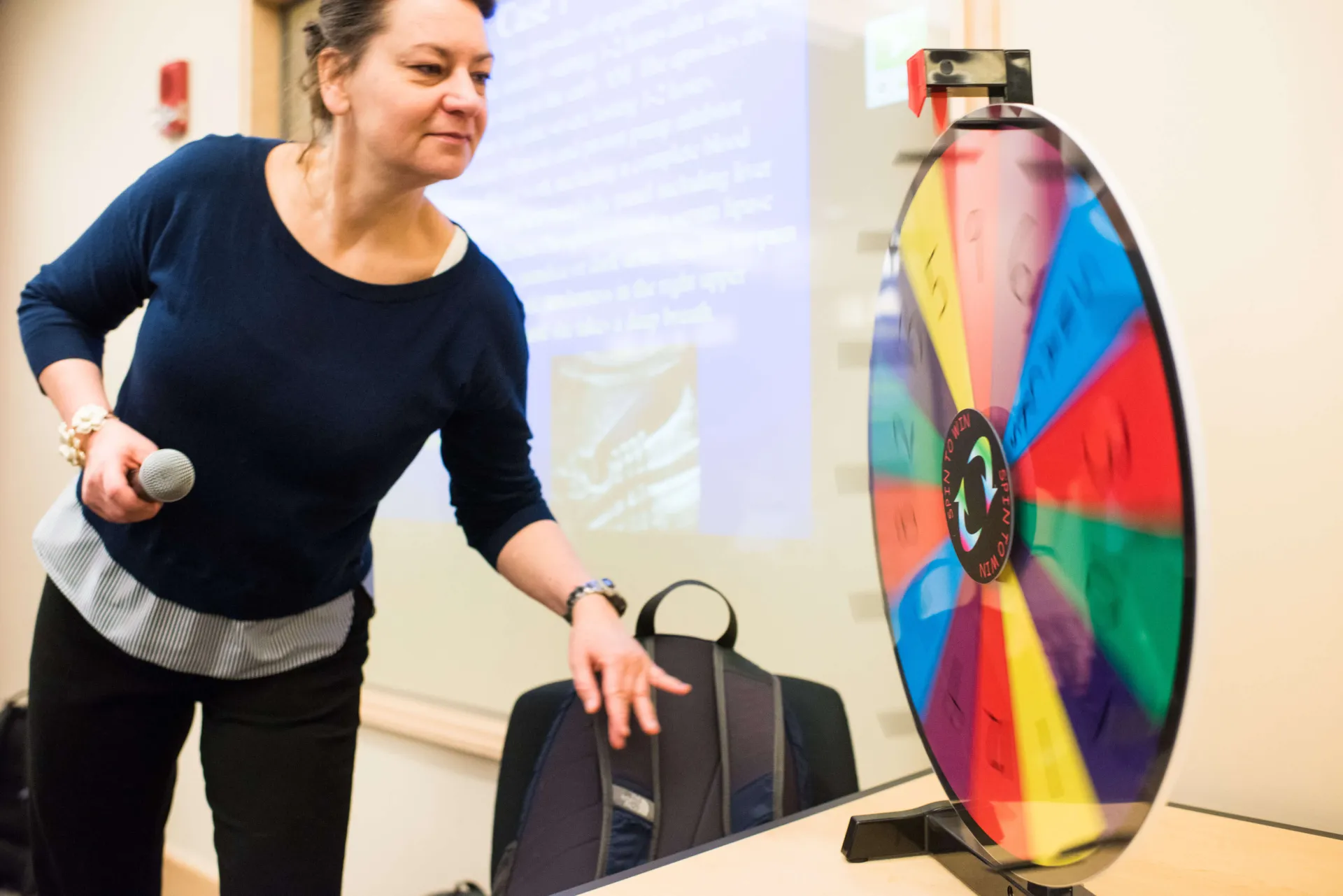Active learning methods involve students actively constructing knowledge instead of passively receiving it from instructors. Sessions focus on developing skills such as clinical reasoning, analysis, and application, rather than solely transferring information.

Benefits of Active Learning
Active Learning provides numerous advantages for students and faculty, such as heightened learner participation and engagement, promotion of higher-order thinking skills, and enhanced learning outcomes.
Learn More

Faculty Support
Our objective is to train physicians who possess the ability to analyze information and exercise critical thinking skills. The Instructional Designers within the Curriculum Team are available to support faculty in aligning their courses and teaching methods with this objective.